Deomdurim (덤드림)
2.3Km 2021-03-24
77, Eunhaengnamu-ro, Andong-si, Gyeongsangbuk-do
+82-54-842-2288
This is where you can eat aged seasoned meat. This Korean dishes restaurant is located in Andong-si, Gyeongsangbuk-do. The representative menu is grilled ribs.
Deulso Galbi (들소갈비)
2.3Km 2021-04-17
133-20, Gangnam, 1-gil, Andong-si, Gyeongsangbuk-do
+82-54-854-3888
It is a place where you can enjoy both Korean beef and pork. This Korean dishes restaurant is located in Andong-si, Gyeongsangbuk-do. The representative menu is grilled Korean beef ribs.
Itaebaek Sutbul Gui (이태백숯불구이)
2.3Km 2021-03-24
133-5, Gangnam 1-gil, Andong-si, Gyeongsangbuk-do
+82-54-858-4525
It is a place where you can enjoy various dishes made of pork ribs. The best menu at this restaurant is frilled ribs. This Korean dishes restaurant is located in Andong-si, Gyeongsangbuk-do.
Wanggojib Mauntang (왕고집매운탕)
2.3Km 2021-03-24
13, Jeongeori, 3-gil, Andong-si, Gyeongsangbuk-do
+82-54-822-6950
It is a place where you can eat various fish dishes. This Korean dishes restaurant is located in Andong-si, Gyeongsangbuk-do. The most famous menu is spicy fish stew.
Geumgangok (금강옥)
2.3Km 2021-03-24
133-16, Gangnam, 1-gil, Andong-si, Gyeongsangbuk-do
+82-54-855-5160
It is a house where you can enjoy delicious high-quality Korean beef. This Korean dishes restaurant is located in Andong-si, Gyeongsangbuk-do. The representative menu is Korean beef.
Gyeongbokgung (경복궁)
2.4Km 2021-03-22
4439, Chunghyo-ro, Andong-si, Gyeongsangbuk-do
+82-54-859-9900
A store that makes food with local ingredients in season. The best menu at this restaurant is beef tartare bibimbap. This Korean dishes restaurant is located in Andong-si, Gyeongsangbuk-do.
Donggul Maeuntang (동굴매운탕)
2.4Km 2021-03-26
26-2, Gangnam-ro, Andong-si, Gyeongsangbuk-do
+82-54-859-3369
The spicy freshwater maeuntang is famous. This restaurant's signature menu is spicy fish stew. This Korean dishes restaurant is located in Andong-si, Gyeongsangbuk-do.
Jeonghwa Junghwayori (정화중화요리)
2.4Km 2021-03-24
19, Gangnam, 8-gil, Andong-si, Gyeongsangbuk-do
+82-54-822-8696
This is where you can eat delicious sweet and sour pork (Tangsuyuk). The best menu at this restaurant is sweet and sour pork. This Chinese (cuisine) restaurant is located in Andong-si, Gyeongsangbuk-do.
Pagode de briques à sept étages Shinsedong (안동 법흥사지 칠층전탑)
2.4Km 2021-07-13
8-1, Beopheung-dong, Andong-si, Gyeongsangbuk-do
+82-54-840-5225
Déclarée trésor national n° 16, cette pagode est la construction en briques la plus grande et la plus ancienne de toute la Corée du sud. Elle mesure 16,8 mètres de haut et 7,75 mètres de large.
Etant donné que le village où elle se trouve s’appelle Beopheung-ri, on suppose qu’elle faisait partie du temple Beopheung qui a été construit au huitième siècle durant l’ère de Tongil Shilla. Mais à part cette pagode, il ne reste aucun monument. A l’endroit de ce temple se trouve actuellement la maison principale de la famille Lee de Goseong, branche Tapdong.
La partie supérieure de la pagode a disparu, mais sur la partie inférieure ont été gravées de belles représentations de dieux tutélaires du bouddhisme. Il reste des traces de joints de tuiles sur la partie supérieure du toit de chaque étage. Selon « Yeonggaji », (livre historique sur la région Andong achevé en 1608), les modifications y ont été effectuées en 1847 et il restait trois bâtiments à l’époque.
Cette pagode se situe près de la maison principale de la famille Lee de Goseong, branche Tapdong et du pavillon Andong Imcheonggak. Il vous est donc conseillé de visiter ces trois monuments ensemble.
Si vous prenez le bus ou le taxi, descendez devant le passage souterrain Beopheung et empruntez-le. Vous verrez la pagode sur votre gauche. La maison de la famille Lee de Goseong se trouve juste devant cette pagode. Puis, en vous mettant face à la maison, prenez le chemin à gauche et marchez 3 minutes. Vous serez devant le pavillon.
CHIAMGOTAEK / 치암고택
2.4Km 2025-08-12
297-10, Toegye-ro, Andong-si, Gyeongsangbuk-do
+82-54-858-4411, +82-10-3530-4413
Chiam Old House in Anmak-dong, Andong, Gyeongsangbuk-do is an old traditional Korean house once owned by Lee Man-hyeon(pen name Chiam) who was the 11th-generation descendant of “Toegye” Yi Hwang, one of the most prominent Korean Confucian scholars of the Joseon Dynasty and a high-ranking government official during the reign of King Gojong. This house was originally located in Wonchon-ri, Dosan-myeon but was relocated to its current location in 1976 after a flood caused by the collapse of Andong Dam. Chiam Old House consists of 22 rooms, 5 gates, and 1 detached building. The main building is taller than the detached building. One of the unique features of this detached building is that it has both gable roof and gambrel roof on either side. Listed as Gyeongsangbuk-do Folklore Material No. 11, Chiam Old House now serves as a guesthouse for those wishing to experience an old traditional Korean house. The rooms that are open to guests are “Seongmyeongjae,” “Gyeongeopjae,” and “Nakseongdang.” The large room called “Bakkatchae,” or outer building, is the most comfortable one to stay in for a night, since it's furnished with kitchen, TV, air conditioner, and bathroom. “Seongmyeongjae” means “honesty and integrity” in Korean. It’s an “ondol (Korean floor heating system)” room typical of any traditional Korean house, where you have to sleep on the floor. "Gyeongeopjae" is the most popular one among the guests, and its name means “unselfish and reverent.” The rooms next to the gate called “Ilgeonjae,” “Seokcheonjae,” and “Hakgujae” located along the wall are great places to stay if you want to see the surroundings and the old house at the same time. “Jamnyongdang” on the east side of the main building is named after the small pond in the yard, and it means “to strive to be a man of virtue like the dragon flying in the sky.” There are lots of beautiful flowers in the small garden in complete harmony with the old house and surrounding mountains, making it a great place to take a leisurely walk as you experience the history.
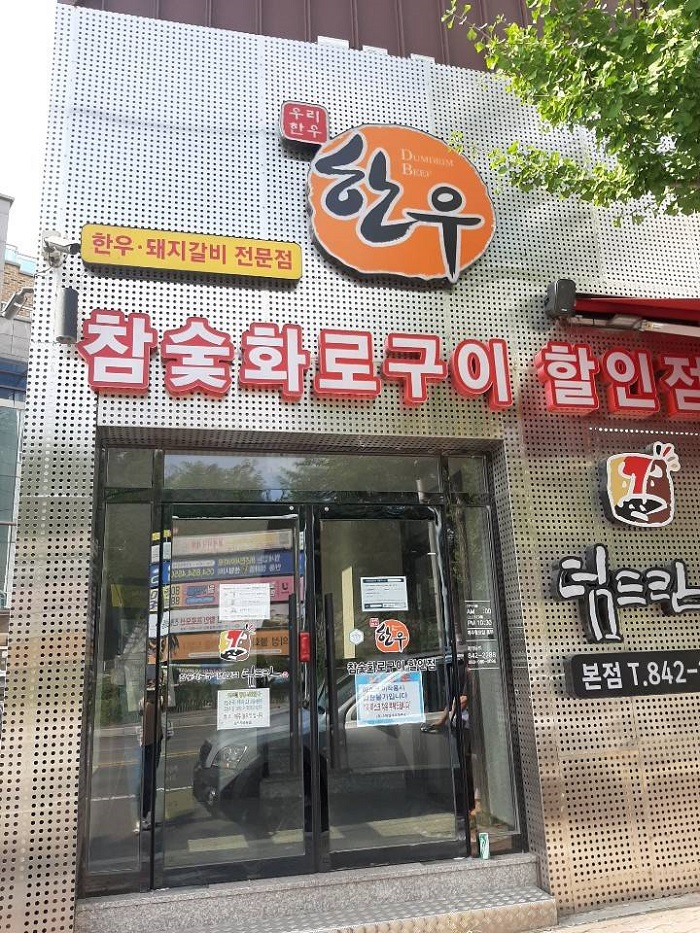
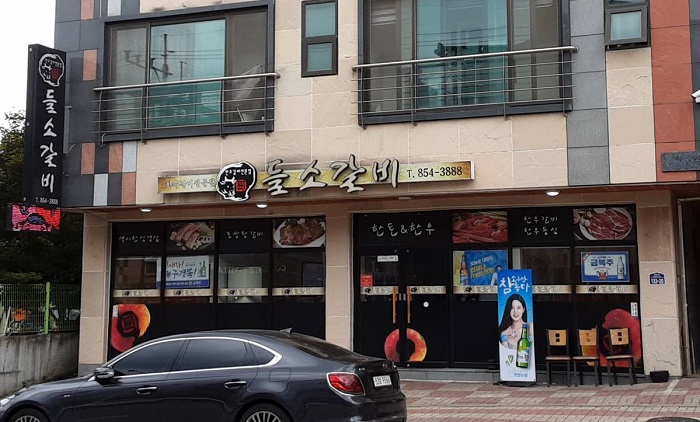
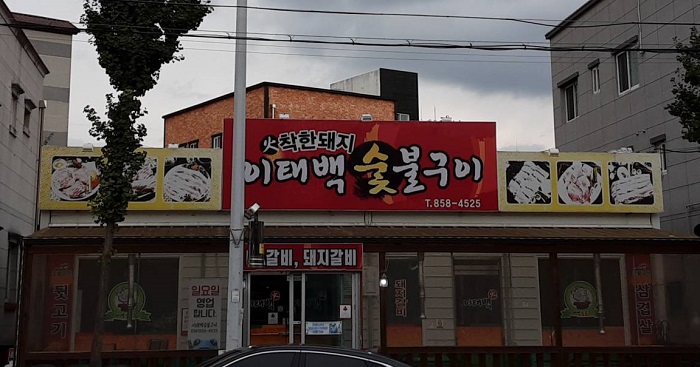
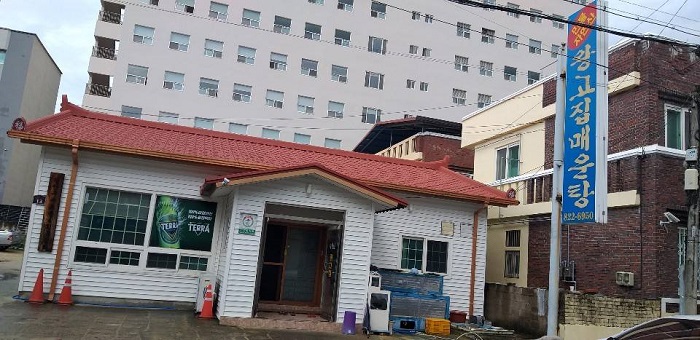
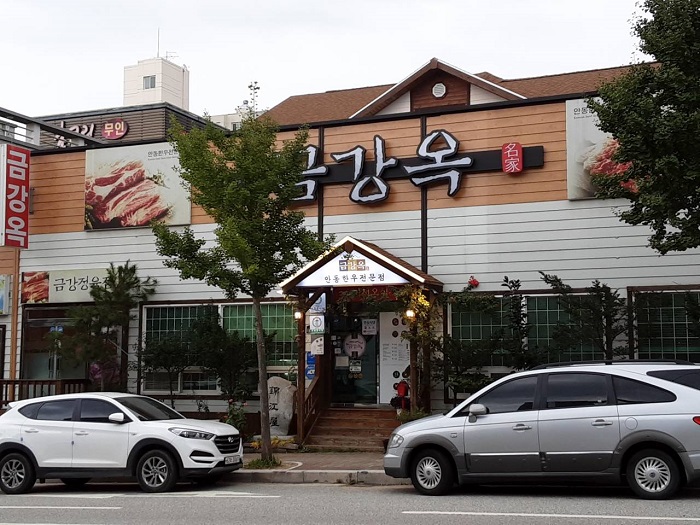
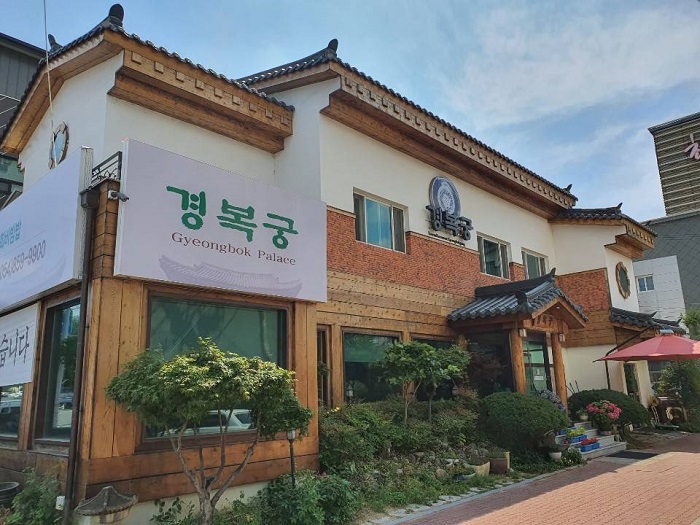
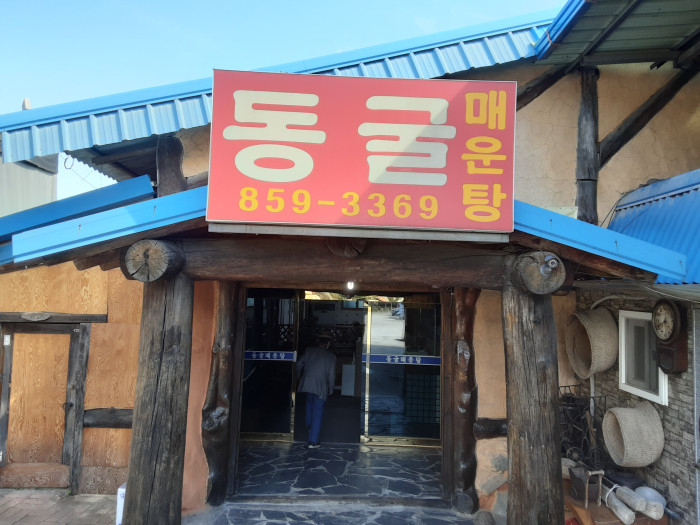
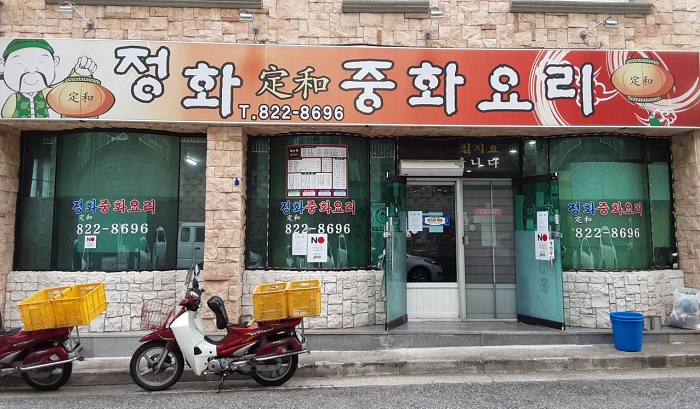
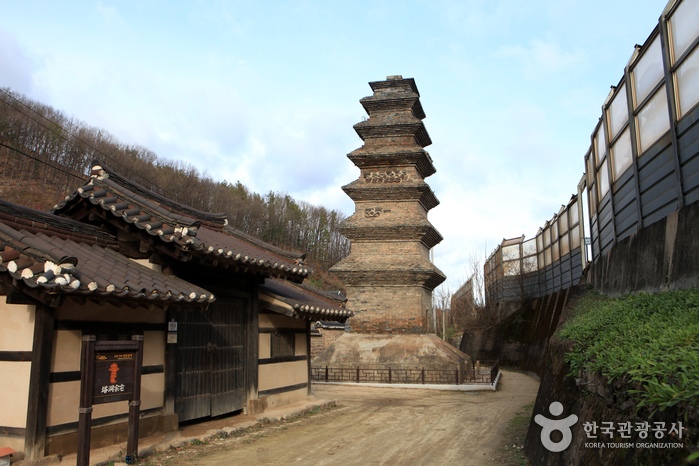
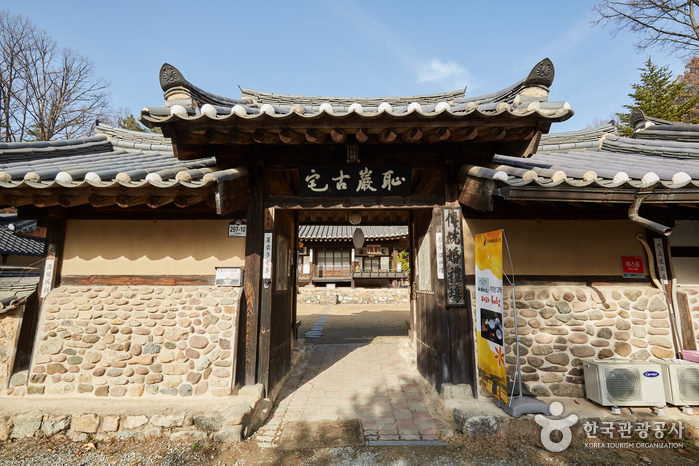
 Français
Français
 한국어
한국어 English
English 日本語
日本語 中文(简体)
中文(简体) Deutsch
Deutsch Español
Español Русский
Русский